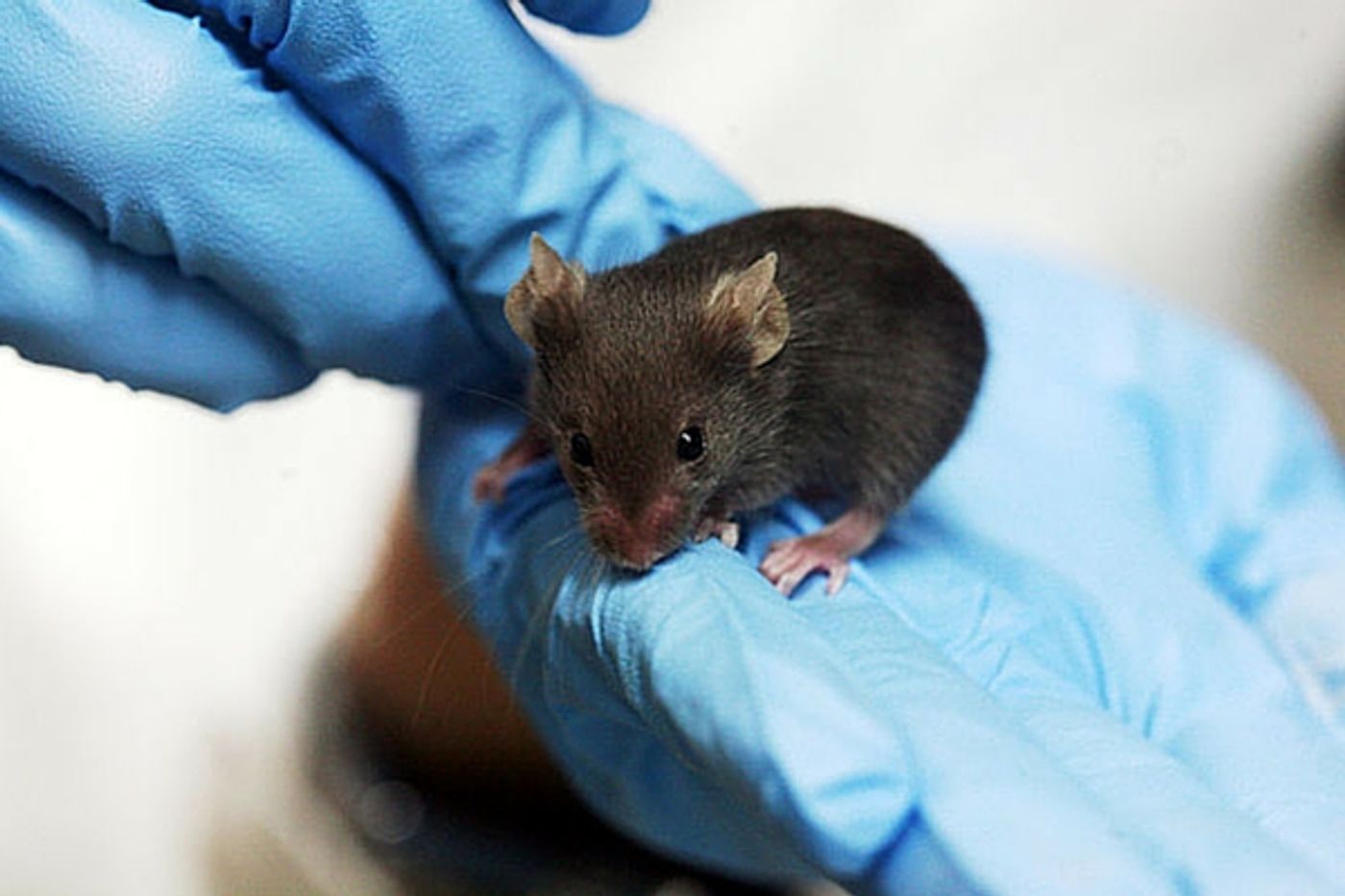The reasons people do the things they do are often the focus of research in neuroscience. Especially where violent behavior is considered. Knowing why a person committed a violent act or crime and whether or not it was intentional could shed light on mental disorders or other brain activity. New research from the Langone Medical Center at NYU might be the key to understanding some violent behavior.
A study using mice, since their brain structure is similar to humans, was published recently in the journal Nature Neuroscience and the results suggest that violent behavior is often preceded by specific bad intentions signaled by increased activity in a certain region of the brain.
The study marks the first time that certain warning signs of impending violence can be tracked to a particular area of the brain. Often before a person commits a violent act there are incidents leading up to it such as bullying, sexual aggression or stalking. In the brain, the hypothalamus is what controls body temperature, hunger and sleep. Within that is a very specific section known as the ventrolateral part of the ventromedial hypothalamus, or VMHvl. It’s located in the central part of the brain just on the underside of the hypothalamus.
Study senior investigator Dayu Lin, an assistant professor at the Neuroscience Institute at NYU said in a
press release,"Our study pinpoints the brain circuits essential to the aggressive motivations that build up as animals prepare to attack. That said, our results argue that the ventrolateral part of the ventromedial hypothalamus should be studied further as part of future efforts seeking to correct behaviors from bullying to sexual predation."
The team at NYC gathered their results by looking at male mice that had been trained to attack weaker male mice. The mice were monitored closely to see how often and how aggressively they went after the weaker mice. In some cases the bully mice would deliberately provoke the other mice, just so they could attack.
While past studies by the team had already shown this part of the brain to be involved in aggression, the latest research was aimed particularly at the pre-meditated part of the behavior and how that showed up in the VMHvl.
The mice were fitted with electrode probes that measured the nerve activity of the mice. They found that activity in this region increased by almost ten fold when the weaker target mice would appear, but also was ramped up before the mice could see or smell the weaker mice.
Nerve cell activity in the VMHvl also increased by as much as tenfold during the initial seconds after the weaker target mice appeared. Genetically stopping VMHvl activity ceased nearly all aggressive motivations in mice, says Lin, but did not inhibit other learned behaviors, such as nose poking for access to a treat.
Lin told the Huffington Post, “For us the goal is to find new ways to control violence, especially in patients who suffer from mental disorders. The idea is to take that component out of the disease."
Take a look at the video below to learn more about the research and what the team hopes will come from this new information.









